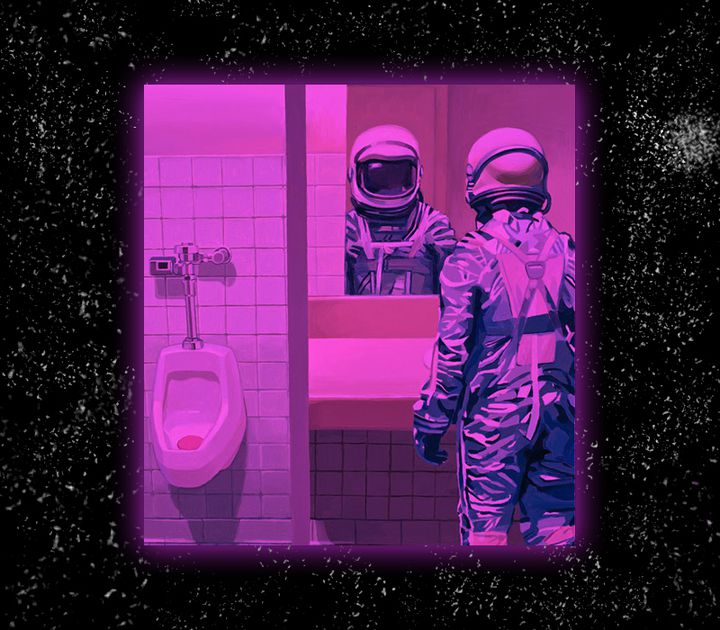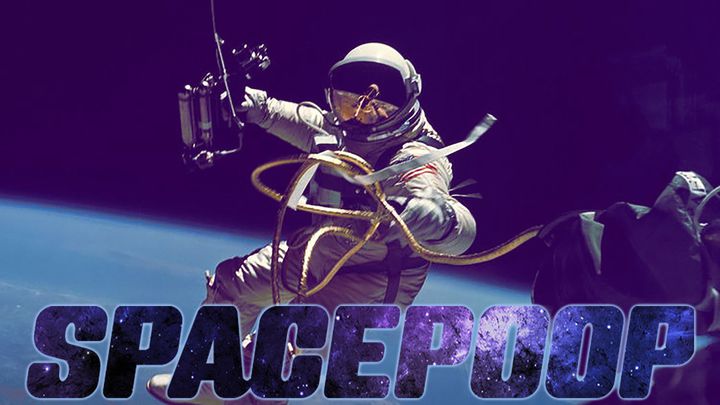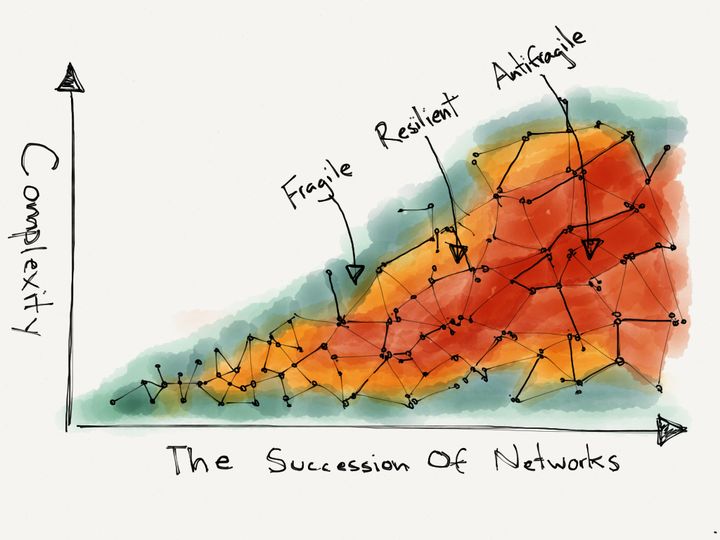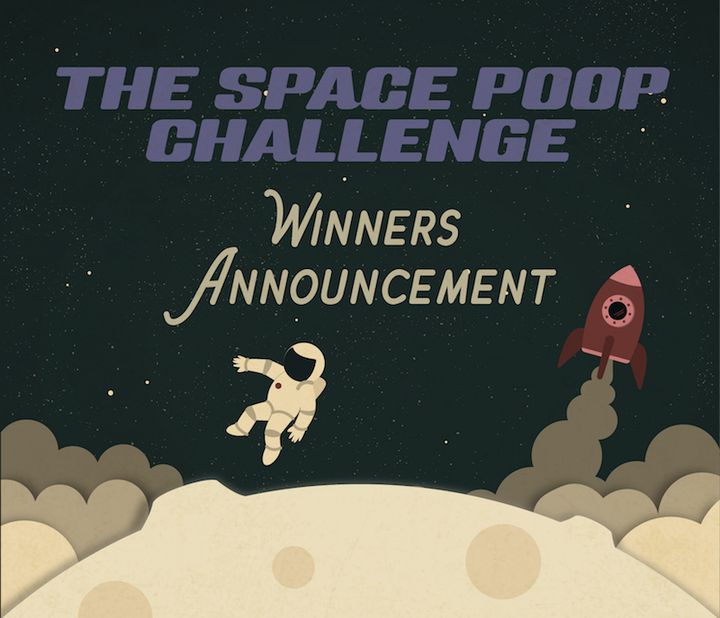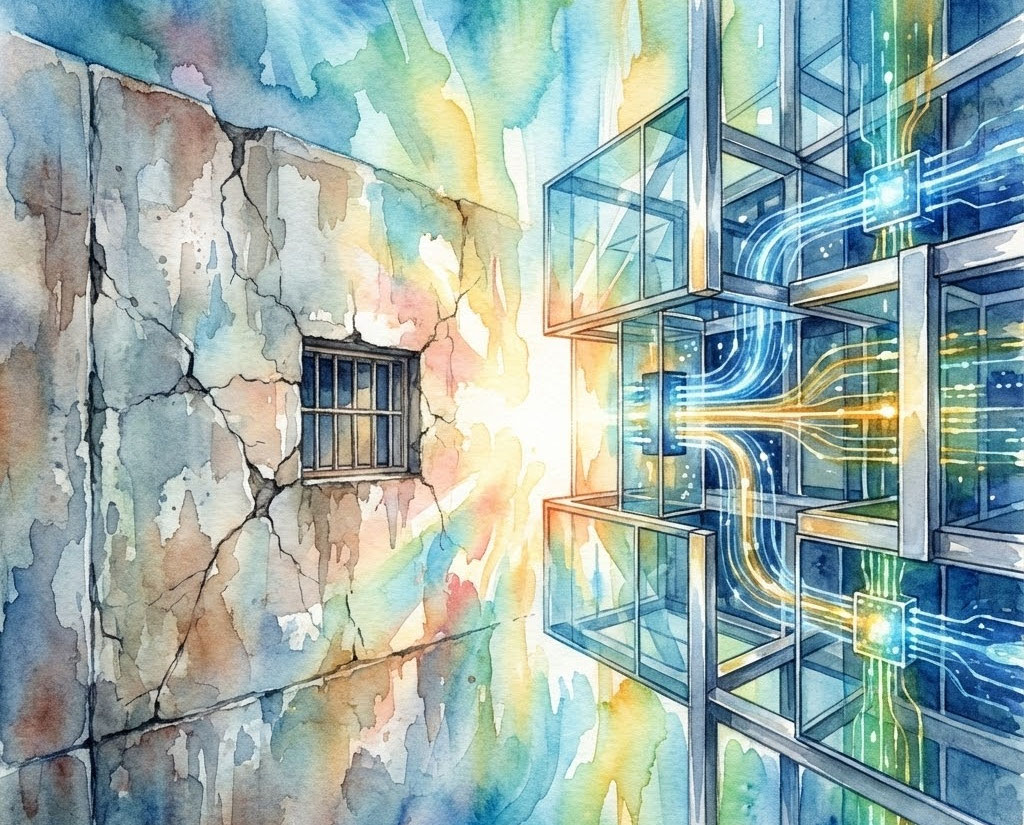
The 20th century was an incredibly auspicious time for the human race. Not only did the global population grow exponentially - from just over a billion and a half to over 6 billion people - the average lifespan of individuals also increased dramatically. Whereas the average life expectancy was 31 years for someone living in 1900, by 2010 the global average had increased to just over 67 years.
This is due to a number of factors, not the least of which were the creation of vaccines, antibiotics, and other medicines that have helped to eliminate or reduce diseases that were once thought incurable. And in the 21st century, more progress is expected to be made, thanks in no small part to developments in biomedicine, and the cracking of the human genome.
Since James Watson and Francis Crick first discovered the code for all life six decades ago, researchers have not only mapped it out in its entirety but cataloged the functions of every single gene. With this knowledge in hand, scientists are making strides towards eliminating things like Cystic Fibrosis, dementia, Downs Syndrome, hemophilia, and other genetic diseases. Given the rate of progress, there are many who think it will also be possible to hack the human genome and cure the number one cause of death: aging.
Towards that end, representatives from Stanford University, Singularity University, the Texas Heart Institute, Washington University in St. Louis, and investors from Silicon Valley and elsewhere have come together to create The Palo Alto Longevity Prize - a $1 million life science competition dedicated to ending aging and promoting the extension of a sustained and healthy lifespan.
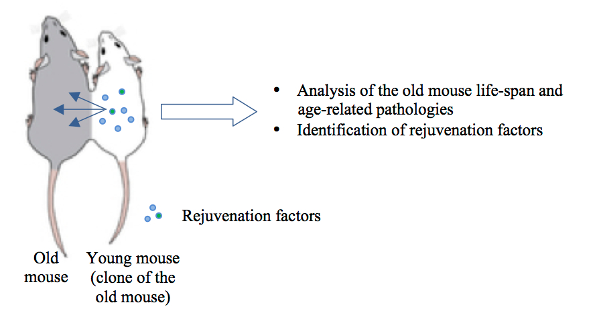
The focuses of the Prize are twofold. The first is on studying and altering heart rate variability (HRV), which is the measure of the change in time from one heartbeat to the next. Instead of looking at a person’s average heartbeat HRV monitors performance by measuring how a person's heart reacts to stress or injury.
The second (and arguably main) focus is on restoring homeostatic capacity (HC), which refers to the capability of systems - in this case, the human body - to self-stabilize in response to external forces or stressors (i.e. its ability to operate at healthy equilibrium).
Dr. Joon Yun, a radiologist who served on the clinical staff at Stanford Hospital, is also the Prize's chief investor. As he explained in a recent interview with Bloomberg Press, the purpose of the Prize goes far beyond cheating death: “We spend more than $2 trillion per year on health care and do a pretty good job helping people live longer, but ultimately you still die. The better plan is to end health care altogether.”
In addition, he claims that at present, not nearly enough resources are dedicated to researching ways to restore the body’s homeostatic capacity. “Your intrinsic homeostasis erodes at 40,” he said. “Hangovers that used to last a day now last three days. Coughs drag on for months. You come off a roller coaster, and you feel awful, because you can’t self-center and your blood vessels don’t recalibrate fast enough.”
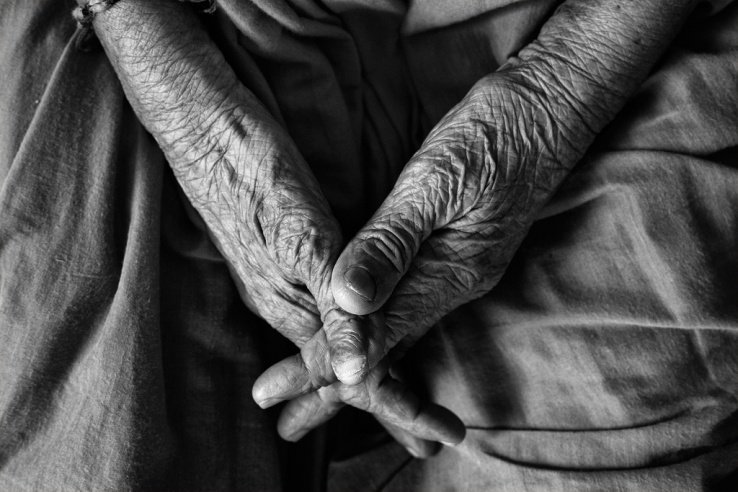
In short, the Prize is also concerned with cutting health care costs by tackling the main reason for doctor's visits, which is age-related issues. In addition, promoting the body's natural homeostatic process will also mean that people will be more likely to recover from maladies on their own, further alleviating the burden on our already overwrought medical system.
Those who choose to compete for the Prize will be eligible for one of two awards. The first is the $500,000 Homeostatic Capacity Prize, which will be awarded to the first team to demonstrate that it can restore HC (using HRV as the surrogate measure) of an aging reference mammal to that of a young adult.
The second is the $500,000 Longevity Demonstration Prize, which will be awarded to the first team that can extend the lifespan of its reference mammal by 50% of established norms. In short, the winners of the Prize will be those teams who can come up with a process that could one day be adapted for human beings and make an older person feel young again and/or extend the life of an individual by half.
Each team participating in the Prize will be responsible for funding 100% of its participation, including recouping all of the research and development costs, and publishing its work, and reproducing the results. However, the sponsors will be providing all available intellectual property to those competing in order to speed up the process and help them towards their goal.
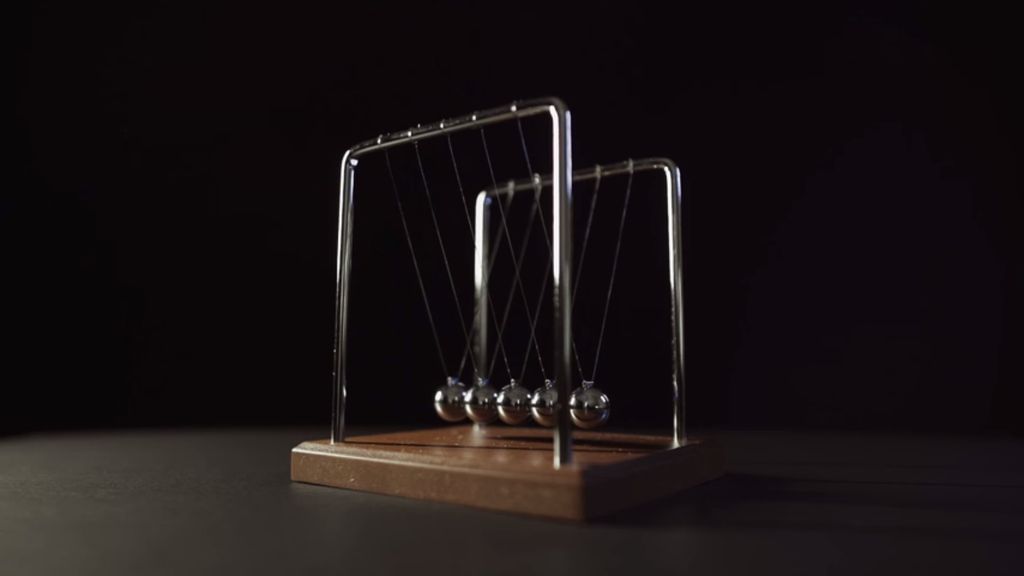
The Prize will officially kick off on Feb. 15th, 2015 with the first registration deadline for teams. A second registration deadline will follow four months later, on June 15th, 2015. The Homeostatic Capacity Prize will be awarded on June 15th, 2016 and the Longevity Demonstration Prize will follow on Sept. 9th, 2018.
As always, the goal is to incentive creation, bringing together the best and brightest minds with the necessary sponsorship in order to foster new ideas. But as Keith Powers - the producer of the prize group - said, the Prize is merely a drop in the bucket when it comes to longevity research. “Based on the rapid rate of biomedical breakthroughs, we believe the question is not if we can crack the aging code, but when will it happen."
He certainly has a point. Beyond the Palo Alto Prize, numerous other attempts are being made to extend life and put an end to aging. Google, for example, recently created a biotech research house called Calico to develop therapies that may increase lifespans. This project is joined by noted futurist Ray Kurzweil, who has made no secret of his desire to live in an age where digital technology and medicine have progressed to the point where clinical immortality is possible.
In addition, there is the Alcor Life Extension Foundation, a nonprofit organization dedicated to extending life through cryonics. Servicing patients with chronic illnesses or incurable conditions, their facility is dedicated to putting people into cryogenic suspension until such time that medical science advances sufficiently to produce a cure.
Countless other advances in biomedicine and biotechnology are occurring on a regular basis, taking what was once considered to be incurable diseases and fatal conditions and offering people chances for longer, healthier lives. And if the aging process can be hacked on the genetic level, who knows just how long human beings will be able to live?
Who wants to live forever? That is a question that future generations may very well get to ask themselves...
Sources:
- http://paloaltoprize.com/
- www.nia.nih.gov/research/publication/global-health-and-aging/living-longer
- www.wsj.com/articles/SB10001424053111904875404576528841080315246
- www.who.int/global_health_histories/seminars/presentation07.pdf
- www.cia.gov/library/publications/the-world-factbook/rankorder/2102rank.html
- http://ieet.org/index.php/IEET/more/konovalenko20141002
- www.bloomberg.com/bw/articles/2014-09-09/silicon-valley-investor-backs-1-million-longevity-prize
- http://www.alcor.org/
- http://www.calicolabs.com/
Image Credits:
- Palo Alto Prize: youtube.com/Palo Alto Prize
- Mice: ieet.org
- Aging: paloaltoprize.com
- Time: paloaltoprize.com

